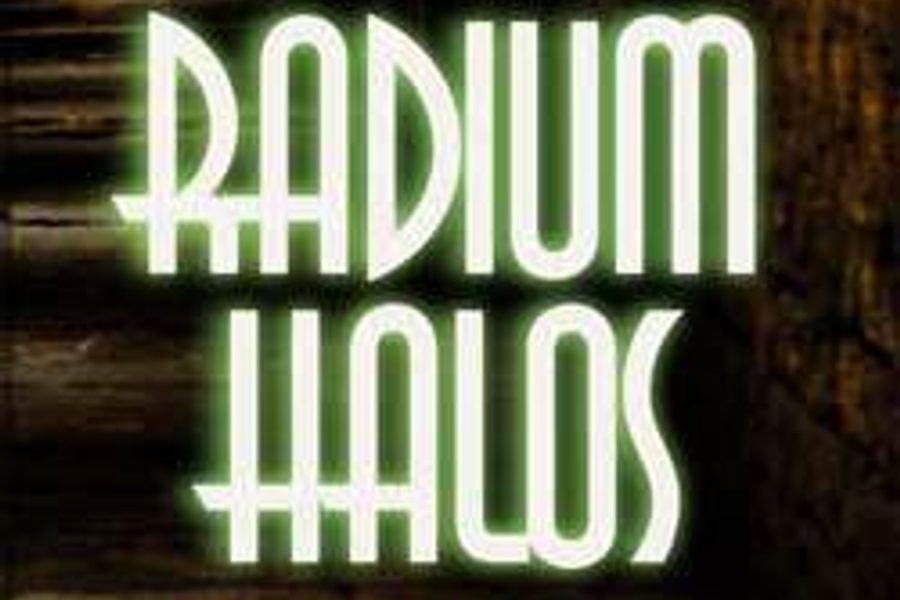
Shelley Stout’s Radium Halos (Librifiles Publishing, 2009) is a historical novel about the human cost of one of the most infamous industrial poisonings in U.S. history.
As I wrote last week, the real Radium Girls were young women hired by the U.S. Radium Corporation to paint glow-in-the dark watch dials at factories in Illinois, Connecticut, and New Jersey in the 1920s.
The paint got its eerie green glow from radium, a radioactive element.The girls were instructed to “tip” their brushes with their lips. After a few years of swallowing paint, the real-life dial painters started losing their teeth, and eventually their jaws as the radium smoldered in their bones. The story of their poisoning and the subsequent coverup by U.S. Radium became a catalyst for major occupational health and safety reforms.
The narrator of Radium Halos is 65-year-old Helen Waterman, a former dial painter who has spent the last 30 years in a state mental hospital. Most of the action takes place in the early 1970s, with frequent flashbacks to the ’20s and ’30s.
We learn that Helen was institutionalized after suffering a breakdown during which she tried to carve invisible tumors out of her flesh. She has good reason to fear cancer. She and her sister Violet left North Carolina in the summer of 1923 to work at the Radium Dial factory in Ottawa, Ill.
The problem is, Helen never admits what she did that summer, not even after her sister dies of radium poisoning in 1934. So, she watches her friends die and wonders if she’ll be next.
You might wonder why Helen is afraid to come forward. The novel never really makes her reticence plausible.
Initially the girls can’t say where they were because they told their father they were going to work in a music store. They knew he wouldn’t want them working in a factory because their mother committed suicideafter she was raped while working in a factory.
It’s that kind of novel. The plot hinges on several tragic and untimely deaths including a decapitation, an immolation, a childbed death, and a heart attack. That’s not even counting the agonizing deaths of the radium girls.
But even after her father dies, Helen can’t unburden herself. That’s because something else really bad happened that summer, and Helen and her friends swore each other to secrecy.
Helen’s past is exposed when the Argonne National Laboratory tries to track down long-dead Violet to test her for radium exposure. Finally, Helen has to decide whether to get tested.
Radium Halos would be a good selection for a young adult book group. It has plenty of drama and calls attention to an important chapter in U.S. labor history. But don’t pick up this book for the labor history or political commentary. Radium Halos is primarily a multigenerational melodrama about the corrosive power of secrets.







